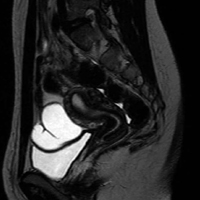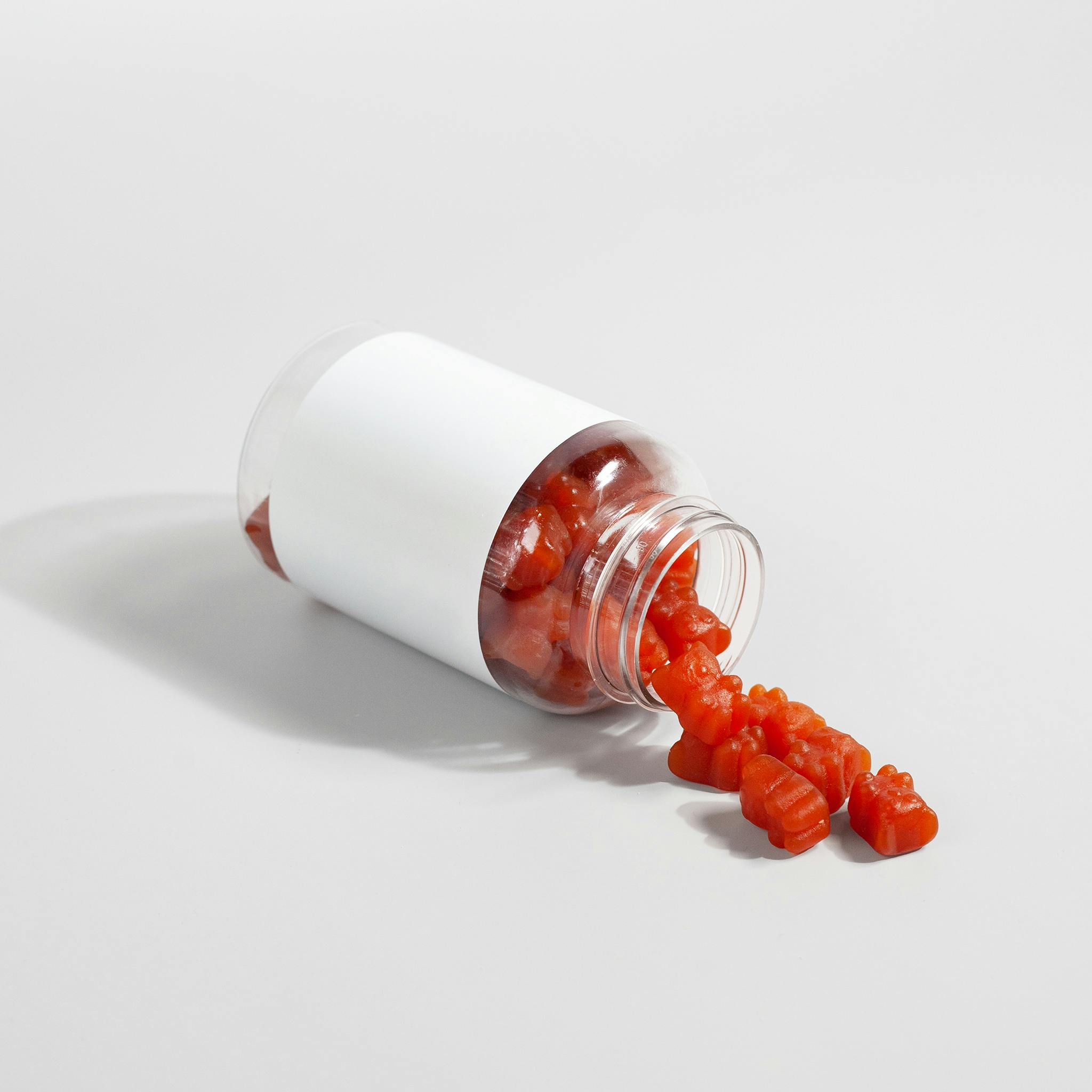Secondary hydrosalpinx in adolescents: a challenging decision-making process for surgical choice and future fertility preservation

Published: February 15 2021
Abstract Views: 1088
PDF: 682
HTML: 322
HTML: 322
Publisher's note
All claims expressed in this article are solely those of the authors and do not necessarily represent those of their affiliated organizations, or those of the publisher, the editors and the reviewers. Any product that may be evaluated in this article or claim that may be made by its manufacturer is not guaranteed or endorsed by the publisher.
All claims expressed in this article are solely those of the authors and do not necessarily represent those of their affiliated organizations, or those of the publisher, the editors and the reviewers. Any product that may be evaluated in this article or claim that may be made by its manufacturer is not guaranteed or endorsed by the publisher.
Similar Articles
- M. Cimador, M. Pensabene, F. Siracusa, Laparoscopic management of an isolated left fallopian tube torsion due to twisted Morgagni Hydatid in a pre-menarcheal girl , La Pediatria Medica e Chirurgica: Vol. 36 No. 2 (2014)
- G. Caramia, Adolescence yesterday and today: care issues , La Pediatria Medica e Chirurgica: Vol. 34 No. 4 (2012)
- Carlo Ripoli, Anna Paola Pinna, Faustina Podda, Roberta Zanni, Maria Giada Tronci, Anna Maria Nurchi, Second-generation antipsychotic and diabetes mellitus in children and adolescents , La Pediatria Medica e Chirurgica: Vol. 39 No. 4 (2017)
- Valentina Caputo, Cosimo Bleve, Giulia Brooks, Elisa Zolpi, Salvatore Fabio Chiarenza, Case report of rare presentation of schistosomiasis: delayed diagnosis of genitourinary schistosomiasis in an adolescent , La Pediatria Medica e Chirurgica: Vol. 46 No. 2 (2024)
- Andrea Zangari, Carmine Noviello, Camilla Todesco, Mercedes Romano, Letizia Trotta, Carmine Botta, Ilaria Cascone, Salvatore Scommegna, Gabriele Vasta, Vito Briganti, Alfonso Papparella, Satisfaction and results of the subareolar incision as treatment for gynecomastia in adolescents: experience of two centers , La Pediatria Medica e Chirurgica: Vol. 46 No. 2 (2024)
- Paolo Gasparella, Georg Singer, Stephan Spendel, Eszter Nagy, Hans Georg Eder, Philipp Klaritsch, Holger Till, Emir Q. Haxhija, Nasal glial heterotopia: A rare interdisciplinary surgical challenge in newborns , La Pediatria Medica e Chirurgica: Vol. 43 No. 1 (2021)
- Mauro Cinquetti, Marco Biasin, Marco Ventimiglia, Linda Balanzoni, Denise Signorelli, Angelo Pietrobelli, Functional gastrointestinal disorders, lifestyle habits, and smartphone addiction in adolescents , La Pediatria Medica e Chirurgica: Vol. 43 No. 1 (2021)
- Ilaria Riccio, Elvira Pota, Marco Marcarelli, Maria Carmen Affinita, Daniela Di Pinto, Cristiana Indolfi, Nicola Del Regno, Marco Esposito, Osteonecrosis as a complication in pediatric patients with acute lymphoblastic leukemia , La Pediatria Medica e Chirurgica: Vol. 38 No. 3 (2016)
- Salvatore Fabio Chiarenza, Cosimo Bleve, Ciro Esposito, Maria Escolino, Fabio Beretta, Maurizio Cheli, Vincenzo Di Benedetto, Maria Grazia Scuderi, Giovanni Casadio, Maurizio Marzaro, Leon Francesco Fascetti, Pietro Bagolan, Claudio Vella, Maria Luisa Conighi, Daniela Codric, Simona Nappo, Paolo Caione, Guidelines of the Italian Society of Videosurgery in Infancy for the minimally invasive treatment of pediatric nephrectomy and partial nephrectomy , La Pediatria Medica e Chirurgica: Vol. 39 No. 3 (2017)
- Luisella Pedrotti, Barbara Bertani, Gabriella Tuvo, Redento Mora, Luca Marin, Federica De Rosa, Achilles tendon surgery in clubfoot: Are long term sequelae predictable? , La Pediatria Medica e Chirurgica: Vol. 44 No. 1 (2022)
1-10 of 32
Next
You may also start an advanced similarity search for this article.








